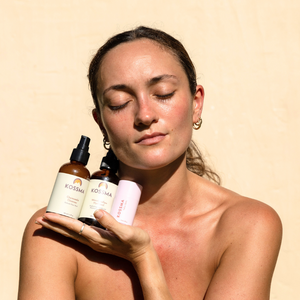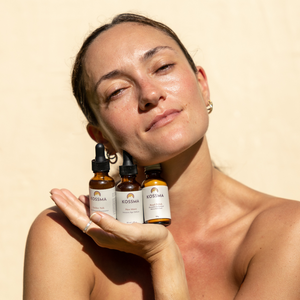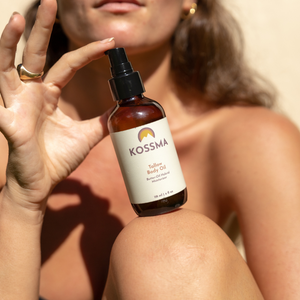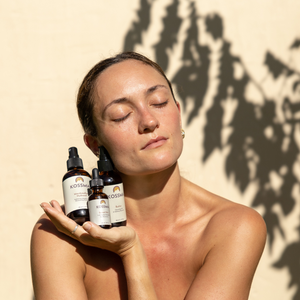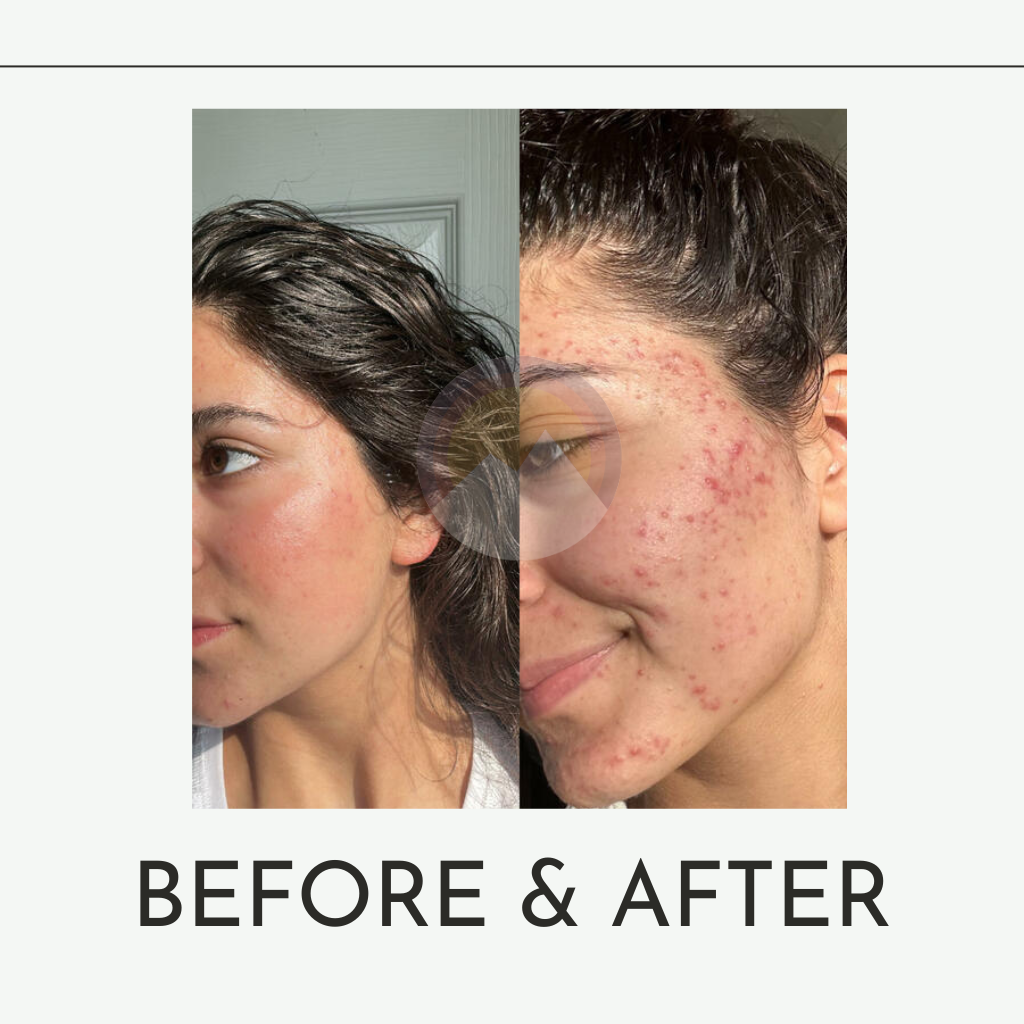Compounds like limonene, linalool, and geraniol are found in numerous skincare products, often under the guise of "natural fragrances" derived from essential oils. While they impart pleasant scents, these compounds are known allergens and eczema causes for some individuals. The tricky part is that they might be listed simply as "essential oil" or hidden within broad terms like "fragrance" or "parfum" on ingredient lists.
This lack of transparency makes it challenging for those with sensitivities to identify potential triggers. You might assume a product labeled "natural" is inherently safe, but these compounds demonstrate that even naturally derived ingredients can cause allergic reactions. Always scrutinize the ingredient list, and opt for fragrance-free or transparently formulated products when possible, especially if you have sensitive or allergy-prone skin.
Here are some studies on the side effects of limonene, linalool, and geraniol that are derived from essential oils and formulated into skincare products as natural ingredients.
- Studies on the autoxidation and sensitizing capacity of the fragrance chemical linalool (Contact Dermatitis. 2002 May;46(5):267-72)
- Key Findings: This study investigated the sensitizing potential of linalool through patch testing. The findings suggest that linalool can cause allergic contact dermatitis in some individuals, especially when exposed to oxidized forms.
- Allergic contact dermatitis caused by fragrance mix containing linalool in a topical corticosteroid cream (Journal of the American Academy of Dermatology. 2000 Apr;42(4):620-1)
- Key Findings: This case report describes a patient who developed allergic contact dermatitis upon using a topical corticosteroid cream containing linalool as a fragrance ingredient. It highlights the potential for linalool to cause allergic reactions even in products intended for sensitive skin.
- Fragrance mixture allergy with prominent facial involvement (Dermatologic Therapy. 2011;24(2):122-5)
- Key Findings: This article discusses a case of fragrance allergy with facial involvement, where patch testing identified linalool as a potential allergen. It emphasizes the importance of considering fragrance ingredients like linalool when diagnosing contact dermatitis.
- Essential Oil Safety (A Guide for Health Care Professionals. 2nd edition. Edinburgh: Churchill Livingstone; 2013)
- Key Findings: This reference book by Valerie Worwood (a recognized expert on essential oils) includes a section on linalool and its potential for causing skin irritation and allergic contact dermatitis.
- Patch testing with fragrance materials in the Netherlands (2000-2008) (Contact Dermatitis. 2010 Jan;62(1):17-22)
- Key Findings: This large-scale study analyzed data on patch testing for fragrance allergies in the Netherlands. Linalool was identified as one of the most frequent fragrance allergens, further supporting its potential to cause contact dermatitis.
- Air oxidation of d-limonene (the citrus solvent) creates potent allergens (Contact Dermatitis. 1992 Oct;26(5):327-34)
- Key Findings: This study highlights the importance of oxidized limonene in causing allergic contact dermatitis. It demonstrates that oxidized forms, generated through exposure to air, are significantly more sensitizing than fresh limonene.
- Clinical and experimental contact allergy to oxidized R-(+)-limonene and related compounds. (Contact Dermatitis. 1994 Apr;30(4):223-9)
- Key Findings: This study investigated patch testing results and identified both limonene and its oxidized forms as potential culprits in allergic contact dermatitis.
- Patch testing with a series of fragrance markers of the essential oils standard series (Contact Dermatitis. 2016 Apr;74(4):236-43)
- Key Findings: This study analyzed patch test results in individuals suspected of fragrance allergy. Limonene and its oxidized forms were among the most frequent allergens detected, highlighting their significance in contact dermatitis.
- Risk assessment of fragrance materials (International Journal of Cosmetic Science. 2008;30(6):401-425)
- Key Findings: This comprehensive review of fragrance materials includes a risk assessment for limonene. It discusses sensitization potential, exposure levels, and regulatory considerations.
- Fragrance Contact Allergy: An 11-year retrospective Study (Journal of the Saudi Society of Dermatology & Dermatologic Surgery 2017;21(2): 119-124)
- Key Findings: This large-scale study analyzed fragrance allergy data over 11 years. Limonene was identified as one of the most common contact allergens, further supporting its ability to trigger sensitivities in susceptible individuals.

